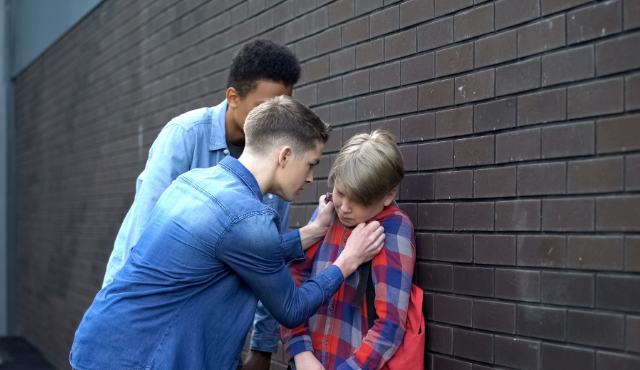Physical bullying is a type of bullying where someone uses their body or an object to hurt or scare someone else. It can also include damaging someone’s property. Here are some steps that can be taken to help prevent physical bullying:
- Define physical bullying: The first step in preventing physical bullying is to increase awareness of the different forms it can take. This includes hitting, shoving, tripping, kicking, pinching, spitting, and stealing or destroying someone’s belongings.
- Build positive self-concept among students: Encourage students to develop a positive self-concept by teaching them assertiveness, respectfulness, empathy, and problem-solving skills. This can help them develop healthy friendships and protect them from bullying behavior.
- Create a sense of community: Foster an environment where students feel comfortable discussing their experiences and concerns. Let them know that they can talk to you about anything.
- Be on the lookout for gateway indicators of bullying: Gateway indicators are early warning signs that a student may be at risk for bullying behavior. These include social isolation, poor academic performance, and low self-esteem.
- Encourage empathy and respect: Teach students the importance of treating others with kindness and respect. Encourage them to think about how their words and actions might affect others.
- Know how to respond if physical bullying occurs: If you suspect that your child is being physically bullied, take steps to investigate their behavior. Document any harmful posts or content and report it to the appropriate authorities if necessary.
Remember, fostering an atmosphere of trusted communication and relaying to others that they can talk to you about anything is vital in dealing with bullies.
Resource: For more information on preventing bullying, you can also visit StopBullying.gov

